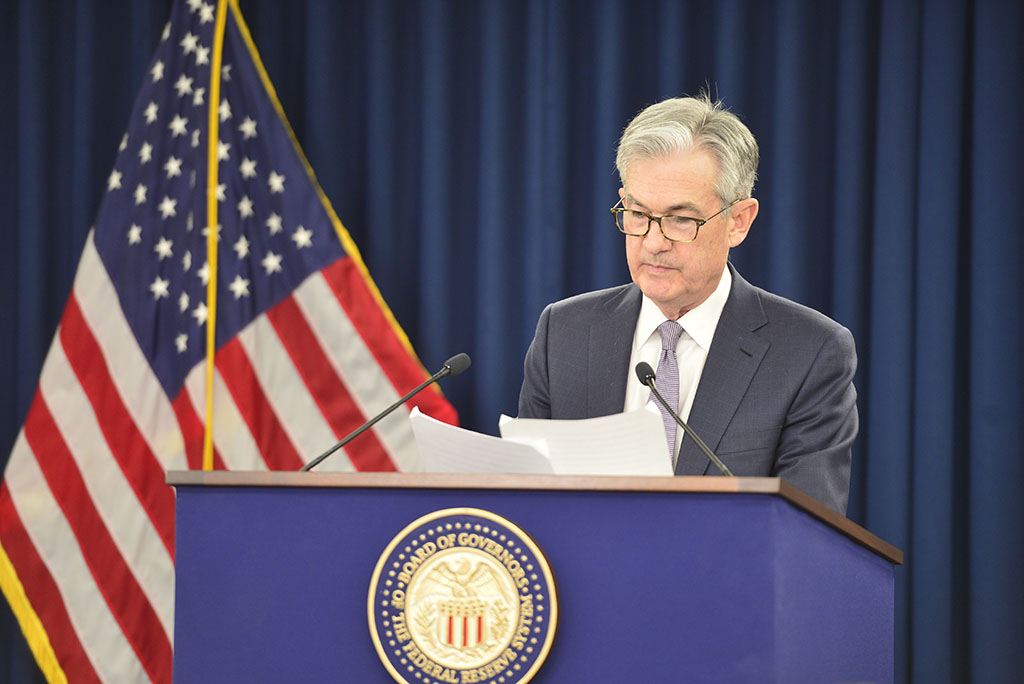The recent U.S. core Consumer Price Index (CPI) report, which excludes the volatile food and energy sectors, exceeded forecasts for a third consecutive month. The core CPI rose 0.4% from February and maintained a 3.8% year-on-year increase. This persistent elevation suggests inflation pressures are more tenacious than anticipated, complicating the Federal Reserve's decision-making regarding interest rate adjustments.
The overall CPI, including all categories, also showed a 0.4% month-to-month rise, registering a 3.5% increase from the previous year. This uptick was partially driven by soaring energy costs. Such statistics underscore the complex nature of current inflation trends and their broader implications on the economy.
Market Overview:
-US core CPI rose 0.4% month-over-month and 3.8% year-over-year in March, exceeding economist expectations.
-This marks the third consecutive month of upside surprises for core inflation.
-Treasury yields and the dollar surged, while stock futures tumbled on the news.
Key Points:
-The data reignites concerns about persistent inflation and delays hopes for near-term Fed rate cuts.
-Strong labor market demand combined with elevated core CPI suggests the Fed will maintain its hawkish stance.
-Investors are pricing in a reduced likelihood of rate cuts in 2024 based on the inflation report.
Looking Ahead:
-Release of the Fed's March meeting minutes may provide further insight into the central bank's policy outlook.
-Upcoming personal consumption expenditures (PCE) price index and producer price index reports will be crucial data points for the Fed's next policy decision in May.
-The Fed is unlikely to cut rates until there are clearer signs of inflation cooling down.
The Federal Reserve, which has kept interest rates at two-decade highs to combat inflation, faces a dilemma. The robust labor market is still fueling strong household demand, which contributes to ongoing price pressures. The Fed’s officials have expressed the need for clear evidence of inflation subsiding sustainably before considering any rate cuts. This stance is further supported by the recent data, indicating that progress in reducing inflation could be slower than hoped.
Market reactions to the CPI report were immediate. Treasury yields and the dollar value surged, while futures for the S&P 500 dropped. Traders recalibrated their expectations of the extent and timing of the Fed's rate cuts this year. This development indicates heightened market sensitivity to inflation metrics and monetary policy direction, as well as the challenges the Fed faces in stabilizing inflation without hampering economic growth.


